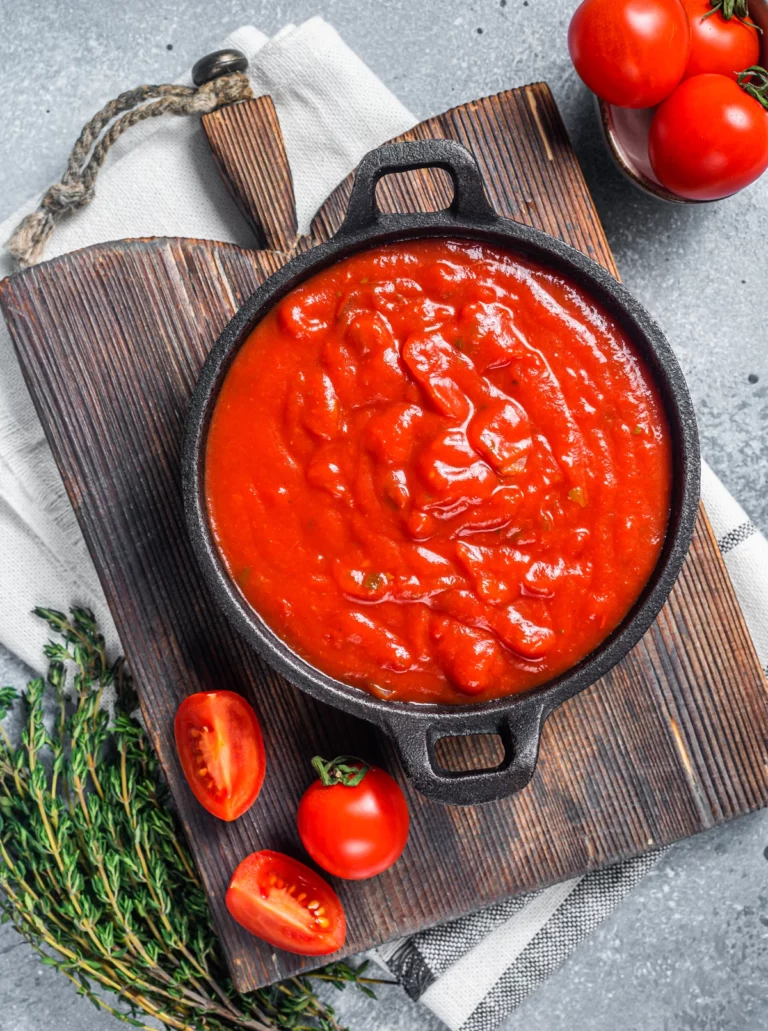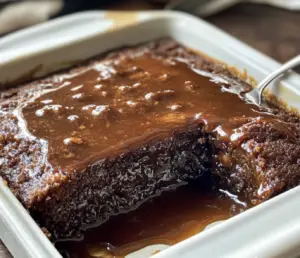Pomodoro Sauce Recipe, a staple in Italian cuisine, is celebrated for its simplicity and the way it perfectly complements a variety of dishes. Whether you’re dressing up a plate of al dente pasta or looking for the ideal sauce for your homemade pizza, this classic pomodoro sauce recipe will bring the essence of Italy right to your kitchen.
Introduction
The term “Pomodoro” means “tomato” in Italian, and that’s exactly what the heart of this sauce is—ripe, juicy tomatoes. Originating from Naples, the birthplace of many Italian culinary delights, Pomodoro sauce is known for its bright, fresh flavor that has been cherished for generations. Unlike more complex tomato sauces that simmer for hours, Pomodoro is typically cooked for a shorter period, allowing the taste of fresh tomatoes to shine through.
Pomodoro Sauce Recipe
Ingredients List
To prepare a classic Pomodoro sauce, you will need the following ingredients:
– Ripe tomatoes: 2 pounds (about 1 kg), peeled and seeded
– Extra-virgin olive oil: 1/4 cup (60 ml)
– Garlic: 2 cloves, minced
– Fresh basil: A handful, torn into small pieces
– Salt: To taste
– Sugar: A pinch (optional, to balance acidity)
– Red pepper flakes: A pinch (optional, for heat)
Step-by-Step Instructions
Preparing the Tomatoes
1. Start by blanching the tomatoes to easily remove their skins. Make an “X” incision at the bottom of each tomato and plunge them into boiling water for about 30 seconds.
2. Transfer the tomatoes to an ice bath to stop the cooking process.
3. Once cooled, peel off the skins, remove the seeds, and roughly chop the flesh.
Cooking the Sauce
1. In a large pan, heat the extra-virgin olive oil over medium heat.
2. Add the minced garlic and sauté until fragrant but not browned.
3. Introduce the chopped tomatoes to the pan along with a pinch of salt.
4. Cook the tomatoes down for about 15-20 minutes, stirring occasionally. The tomatoes should break down and become saucy.
5. If desired, add a pinch of sugar to cut through the acidity.
6. For a bit of heat, include a pinch of red pepper flakes.
7. Just before finishing, stir in the fresh basil and remove from heat.
Finishing Touches
1. Taste and adjust seasoning if necessary.
2. For a smoother sauce, blend with an immersion blender until you reach your desired consistency.
3. Serve immediately or store in an airtight container in the refrigerator for up to one week.
Serving Suggestions
Pomodoro sauce is incredibly versatile and can be used in numerous ways:
– Toss it with spaghetti or your favorite pasta.
– Use it as a base for pizza or flatbread.
– Spoon over grilled chicken or fish for a light entrée.
– Serve as a dipping sauce with mozzarella sticks or garlic bread.
FAQs : Pomodoro Sauce Recipe
How can I store leftover pomodoro sauce?
After creating a batch of delectable pomodoro sauce, proper storage ensures its longevity. Simply transfer any unused sauce into an airtight container and refrigerate it. This method preserves its freshness for up to one week. For extended storage, freezing the sauce is an option, allowing it to maintain its quality for up to three months.
Is pomodoro sauce vegan?
For those following a vegan lifestyle or accommodating dietary preferences, pomodoro sauce is a perfect fit. This classic recipe contains no animal products, making it inherently vegan-friendly and suitable for diverse culinary preferences.
Can I add other herbs or spices?
Absolutely! While basil adds a traditional Italian touch to pomodoro sauce, don’t hesitate to explore other flavor avenues. Experiment with herbs such as oregano or thyme to add depth and complexity to your sauce. Personalize it to your taste preferences, transforming each batch into a unique culinary creation.
In conclusion, this classic pomodoro sauce recipe is a testament to the beauty of Italian cooking—where quality ingredients and simple techniques come together to create dishes that are much greater than the sum of their parts. Whether you’re an experienced chef or just starting out in the kitchen, mastering this essential sauce will undoubtedly elevate your culinary repertoire. Buon appetito!




